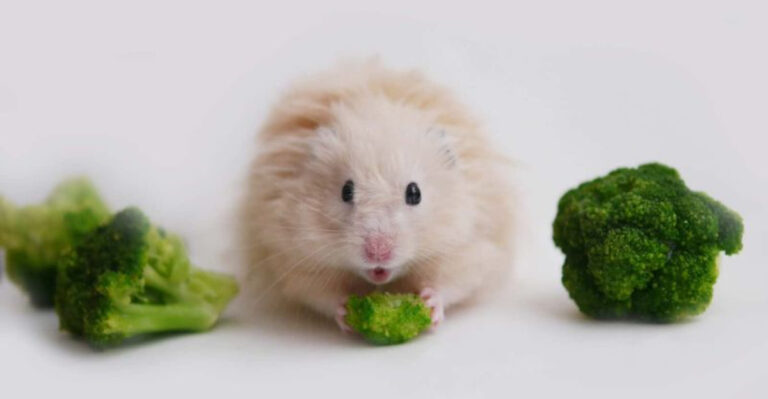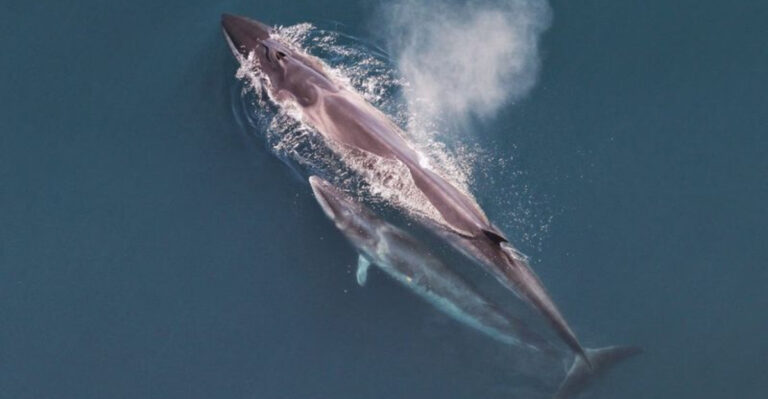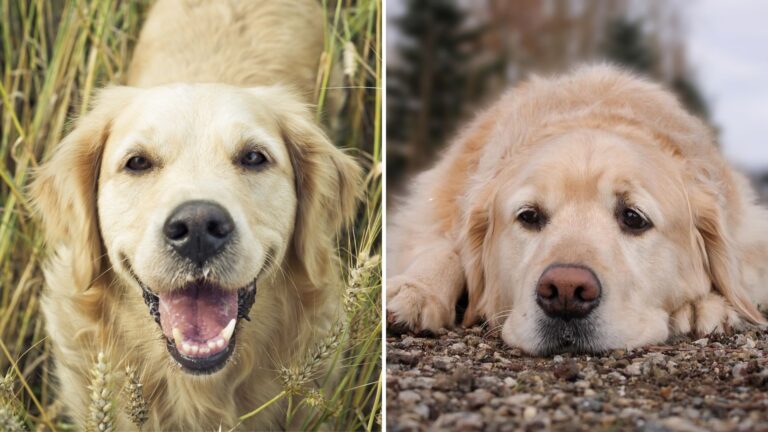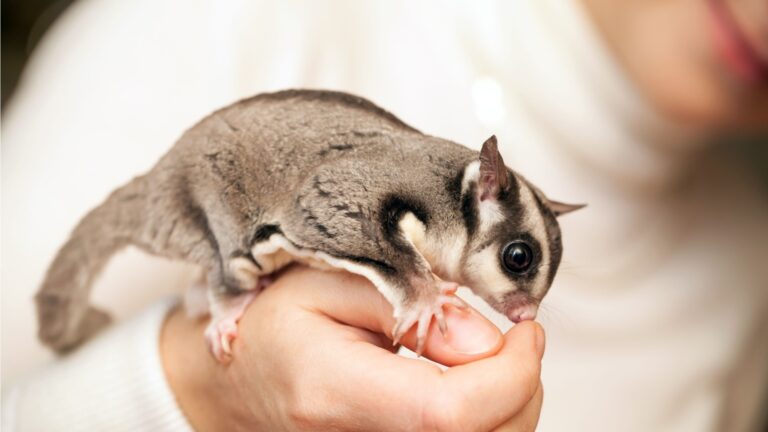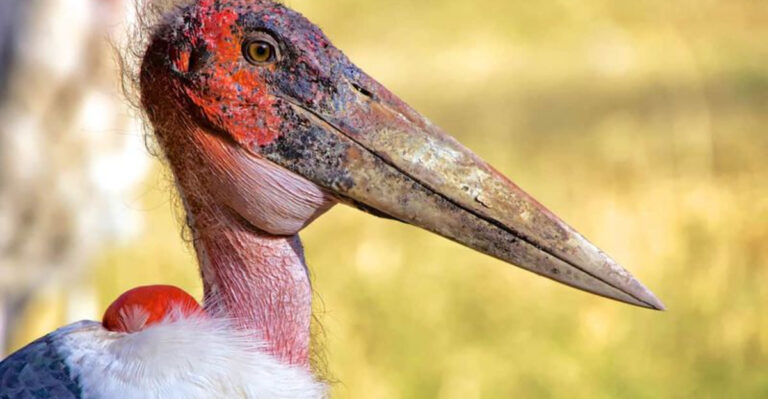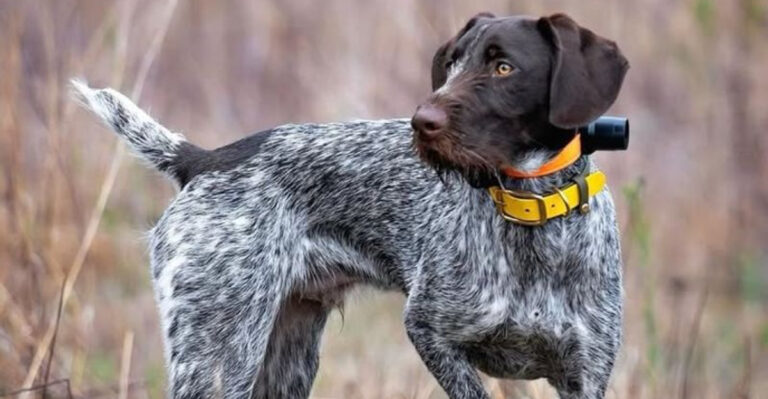The Bird That Cheated Extinction: The Return Of The Pava Aliblanca
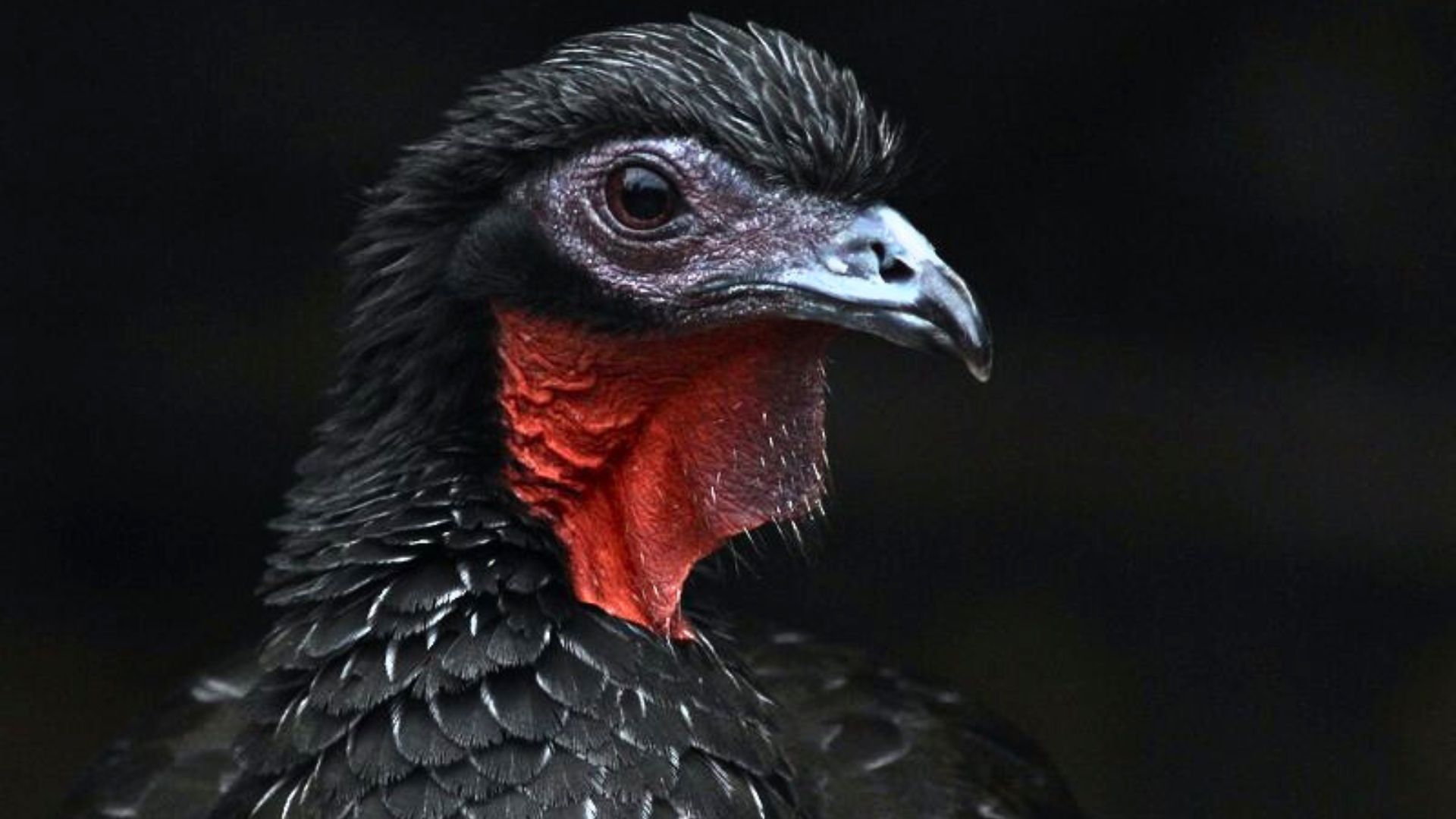
The story of the Pava Aliblanca, or the White-Winged Guan, is a remarkable tale of survival against the odds.
Once thought extinct, this unique bird has captured the hearts of conservationists and bird enthusiasts alike.
In this post, we explore the fascinating journey of the Pava Aliblanca, from its mysterious disappearance to its miraculous rediscovery and ongoing conservation efforts.
From the challenges this species faced to the dedicated individuals who fought to bring it back, we’ll explore its incredible journey and the impact of its survival on Peru’s fragile ecosystems.
The comeback of this rare bird is not just a victory for conservation but also a powerful reminder of nature’s resilience.
1. What Is The Pava Aliblanca?
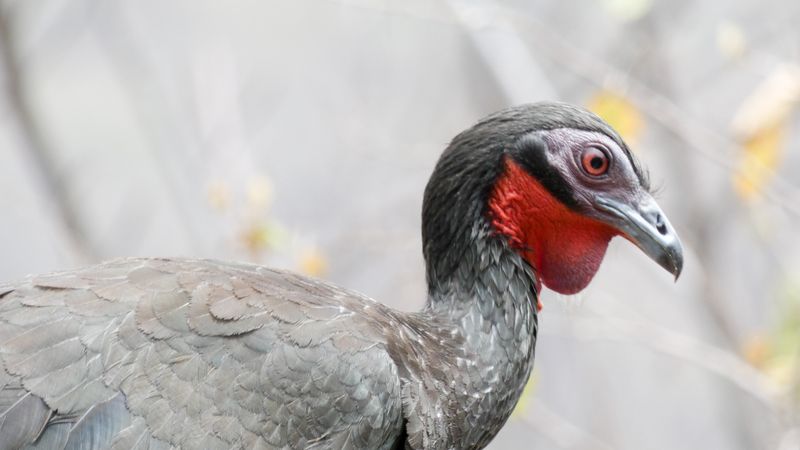
The Pava Aliblanca, known scientifically as Penelope albipennis, is a rare bird endemic to the dry forests of northwestern Peru.
Distinguished by its white wings, the Pava Aliblanca is a medium-sized bird that belongs to the cracid family, which includes guans, curassows, and chachalacas. This bird is a ground dweller, often seen foraging for fruits, seeds, and leaves.
Its plumage is predominantly dark with a striking contrast provided by its white wing feathers. These features make the Pava Aliblanca not only unique in appearance but also a symbol of the rich biodiversity of its native region.
The bird’s call is a deep, booming sound that resonates through its forest habitat, marking its territory and communicating with others.
In the cultural context, the Pava Aliblanca holds a special place among local communities, often featured in folklore and stories passed down through generations.
This bird’s presence signifies a healthy forest ecosystem, making it an integral part of the local biodiversity and culture.
2. The Tragic Disappearance
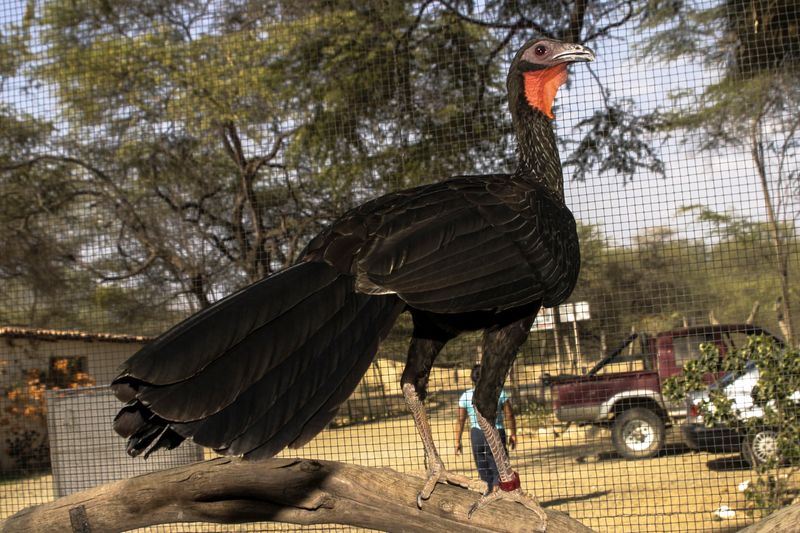
The Pava Aliblanca faced a grim fate in the early 20th century when it was presumed extinct. Habitat destruction due to agricultural expansion and deforestation played a significant role in its disappearance.
As forests were cleared for farming and development, the bird’s natural habitat was severely diminished. The lack of sighting reports over several decades led ornithologists to believe that the Pava Aliblanca no longer existed.
This period marked a tragic chapter in conservation history, as the disappearance of such a unique species highlighted the devastating impact of human activities on biodiversity.
Despite the grim outlook, local legends and occasional unverified sightings kept the hope alive that the bird might still exist.
These stories were often dismissed by scientists, yet they fueled the imaginations of those who cherished the possibility of the bird’s survival. This dark period underscored the urgent need for habitat protection and conservation awareness.
3. The Miraculous Rediscovery
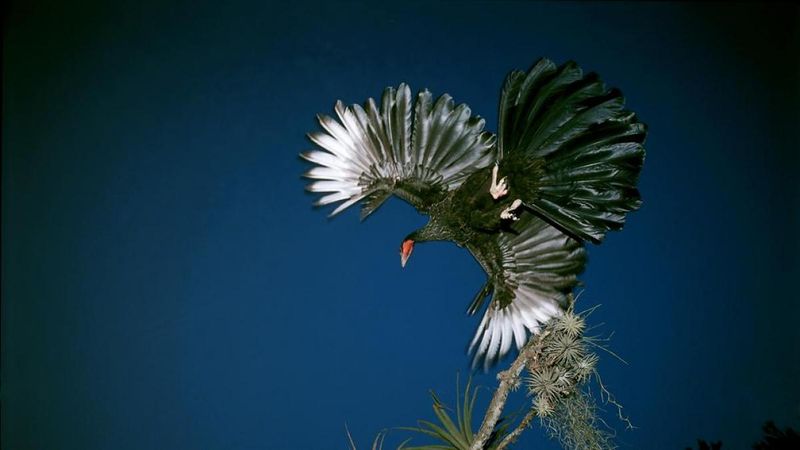
The tale of the Pava Aliblanca took an unexpected turn in the late 1970s when it was miraculously rediscovered.
A team of dedicated ornithologists embarked on an expedition fueled by persistent local tales and faint hopes. Their perseverance paid off when they spotted the elusive bird in its native habitat.
This rediscovery was a beacon of hope in the conservation community, illustrating that even species thought extinct might have a chance at survival.
It reinvigorated efforts to study and protect this rare bird, leading to a renewed interest in its ecological significance and the preservation of its habitat.
The rediscovery also brought international attention, drawing researchers and conservationists from around the world to Peru.
This moment marked a turning point, as it highlighted the importance of combining scientific inquiry with local knowledge and folklore in conservation efforts.
The Pava Aliblanca’s story became a symbol of resilience and the enduring spirit of nature.
4. Conservation Efforts: A Fight For Survival
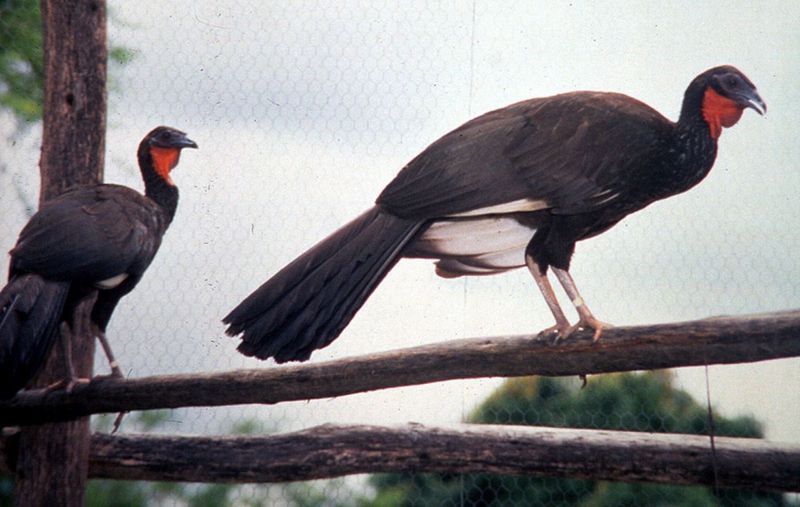
The Pava Aliblanca’s survival is nothing short of a miracle. Conservationists have put relentless efforts into protecting this unique species.
Spanning the dry forests of Peru, dedicated teams work tirelessly to ensure its habitat remains untouched and safe.
They employ innovative techniques, such as tracking and monitoring, to keep a vigilant eye on these precious birds.
Community education and involvement also play a crucial role, empowering locals to become guardians of their natural heritage.
It’s a fight against time, but with passion and persistence, the Pava Aliblanca’s future looks promising as the bird continues to thrive.
5. The Future Of The White-Winged Guan
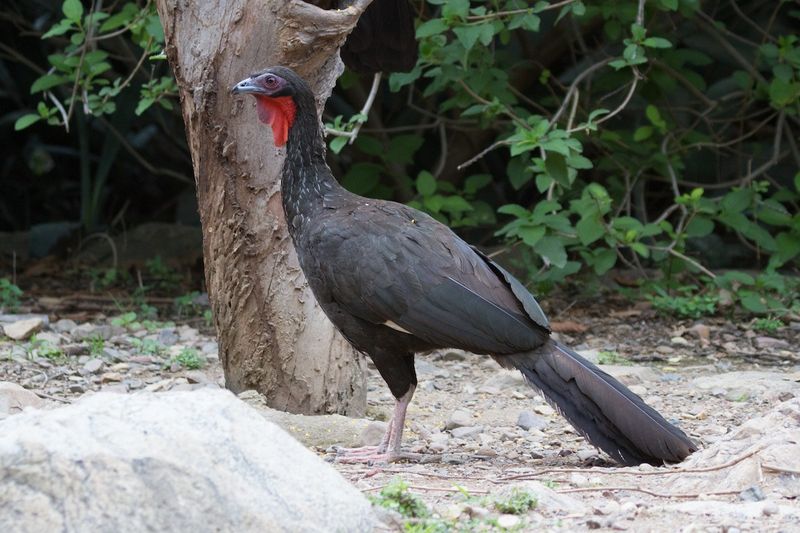
The future of the Pava Aliblanca is painted with optimism. As conservation technologies advance, the possibilities for protecting these birds grow.
Drones and AI have started playing a part in monitoring their habitats, ensuring rapid response to any threats. Collaborative efforts continue, with international organizations joining forces to safeguard this species.
The dream is to see their population flourish, restoring balance to the ecosystem. By connecting communities, technology, and nature, the Pava Aliblanca’s story unfolds with hope, showing how unity and innovation can lead to a brighter future.
6. Conclusion: A Story Of Hope
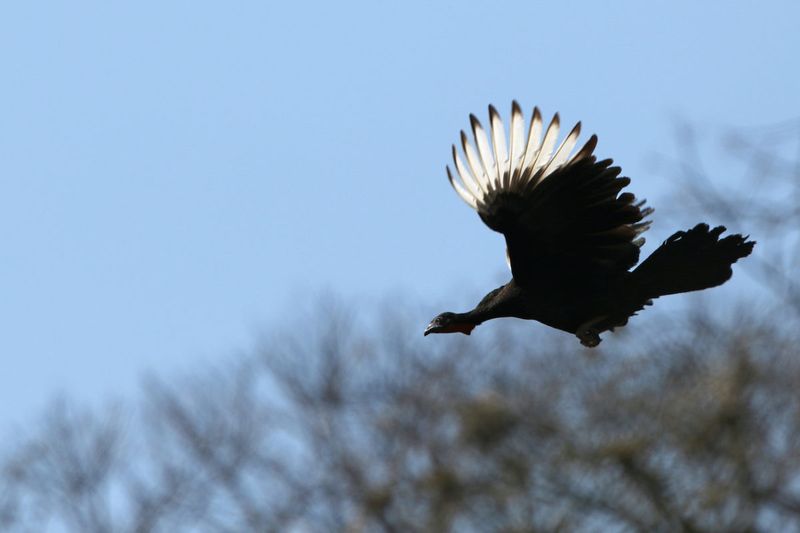
The journey of the Pava Aliblanca is a testament to nature’s resilience and human dedication. From near extinction, this bird has made a triumphant return, capturing hearts across the globe.
It’s a reminder that even the smallest creatures hold immense value and that conservation efforts are vital. Through collaboration and unwavering commitment, the Pava Aliblanca has become a beacon of hope.
As this story continues, it serves as an inspiration, urging us to protect and cherish the world we share with such incredible beings.

